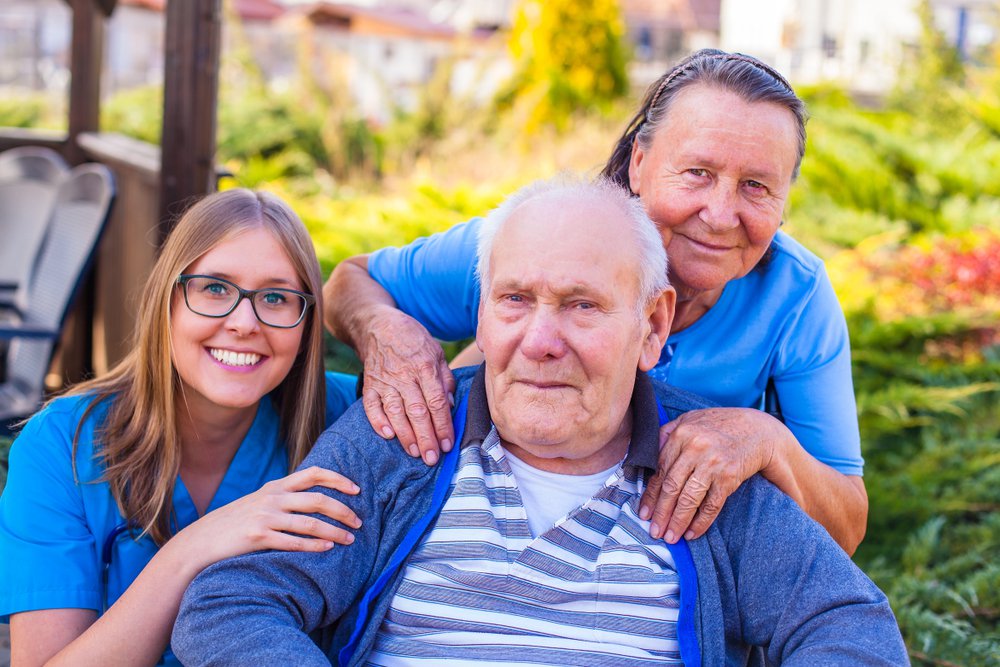
Varicose Veins are a common problem that affects nearly 40% of adults in the United States. While this condition can affect anyone, some individuals are more prone to develop it than others. One of the most common questions people ask about varicose veins is whether or not it runs in the family or if it is a genetic issue. In this blog post, we will explore what the research says about the role of genetics in the development of varicose veins and whether you need to be worried about it or not.
Varicose veins are swollen and twisted veins, often seen just beneath the surface of the skin. They are most commonly found in the legs, which are the farthest from the heart and where the pressure on the veins is the highest. While there are several risk factors that can contribute to the development of varicose veins, such as obesity, pregnancy, long hours of standing or sitting, and more, genetics are thought to play an important role.
There is definite compelling evidence that CVI and varicose veins have a heredity factor. If you have one parent with varicose veins, your risk of developing them goes up by 40 percent. If both your parents have them, your risk goes all the way up to 90 percent. This evidence comes from many studies that have shown a clear correlation between the risk of developing varicose veins and genetic factors. Scientists have identified several genes that are responsible for this, and it is possible to inherit these genes from either of your parents.
While the role of genetics in the development of varicose veins is clear, it is not the only factor that affects this condition. As we mentioned earlier, there are several other factors, such as age, gender, and lifestyle, that can play a role. For example, women are more likely to develop varicose veins than men, and
So, what can you do if you know that varicose veins are prevalent in your family? While you cannot change your genes or prevent yourself from getting them entirely, there are things you can do to reduce the risk of developing them at an earlier age. Maintaining a healthy weight, exercising regularly, and avoiding long periods of standing or sitting can all help you to keep your leg veins in good condition.
Besides, there are several treatments available to help ease the symptoms of varicose veins if they occur. Some treatments aim to improve blood flow, while others help to close off the affected veins. These treatments include compression stockings, sclerotherapy, endovenous laser treatment, and surgery, which can remove large veins that are causing significant discomfort.
To sum up, varicose veins have a genetic component that can increase your risk of developing them. However, several factors, such as age, gender, and lifestyle, can play a role in the development of this condition. Although you cannot change your genes, there are steps you can take to reduce your risk of developing varicose veins, such as maintaining a healthy weight and exercising regularly. If you already have varicose veins, several treatments are available to help you manage the condition, so it is essential to consult your doctor or a qualified vein specialist for diagnosis and treatment.
